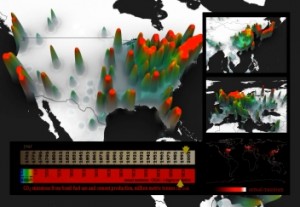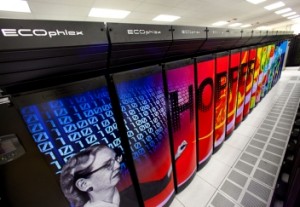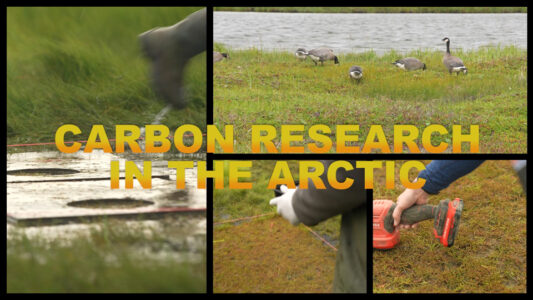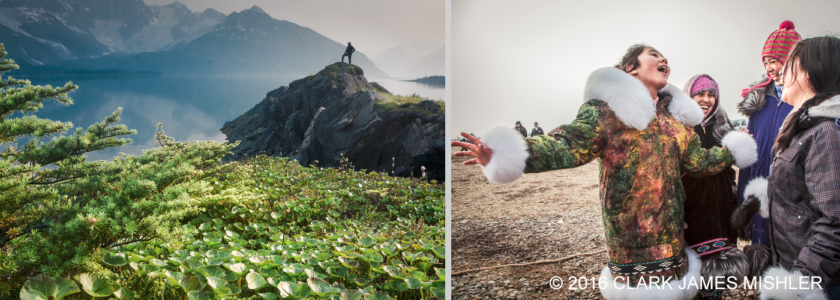Liz O’Connell for Frontier Scientists –
Fairbanks, Alaska, April 3, 2012 – “An artist that discovers a new process or new material– the same thing is happening in computation. People are constantly embarking on new discoveries; that’s what gets people excited about science,” said Greg Newby, Arctic Region Supercomputing Center director at the University of Alaska Fairbanks.

Stunning science models produced on supercomputers in the videos Modeling Climate and Designing Supercomputers: Cray & AMD Address Challenges illustrate Newby’s point. One model shows CO2 emissions from fossil-fuel and cement production in North America, Asia, and Europe from 1751 to 2001. Animator Jamison R. Daniel with Principal Investigator Bob Andres at Oak Ridge National Laboratory produced this animation.

Supercomputers are the tools for scientists that enable them to model more detailed and complex phenomena. “Cray is focused on designing supercomputers to solve the world’s most challenging science and engineering applications,” said Per Nyberg, marketing and business development director for Cray Inc. Advanced Micro Devices Inc. develops processors that meet the computational needs of these applications. The video Designing Supercomputers explains the importance of ‘interconnect networks’ that allow efficient communication within the supercomputers to be able to run data intensive simulations efficiently.”
The models generated by scientific data show realities that can only be seen via a computer such as Annual Gradient Melt over Greenland 1979 through 2009, Fusion Energy by Alpha Particle Injection, or Total Water Column Vapor Over the Himalayan Watershed. The models in the videos come from Oak Ridge National Laboratory, Lawrence Berkeley National Laboratory, University of Michigan, the National Center for Atmospheric Research, and NASA/Goddard Space Flight Center Scientific Visualization Studio.
Since the April 2011 web launch, Frontier Scientists continues to share first person accounts and real time insights from leading archaeologists, grizzly bear biologists, volcano researchers, climate change specialists and other scientists.
Fascinating videos of current scientific discoveries in some of the Arctic’s most remote and dramatic landscapes are chronicled in short videos, Twitter feeds, blogs and web reports. The research covers these categories:
- Grizzlies
- Petroglyphs
- Paleo-Eskimo
- Cook Inlet Volcanoes
- Alutiiq Weavers
- Climate Change Watch
- Arctic Winter Cruise 2011
- Raven Bluff
- Computational Science
“We want to let travelers, teachers, students, aspiring scientists, and anyone else interested in science feel as if they are with scientists as they track grizzlies or take the temperature of permafrost in a borehole,” explained Liz O’Connell, video director for Frontier Scientists. Visitors to Frontier Scientists can ask questions to our scientists directly; follow some of them on Twitter and Facebook, and converse with scientists on their blogs.
Frontier Scientists is funded by the National Science Foundation, with additional support from the National Park Service and 360 Degrees North. Follow us!
View Alaska videos at www.FrontierScientists.com














